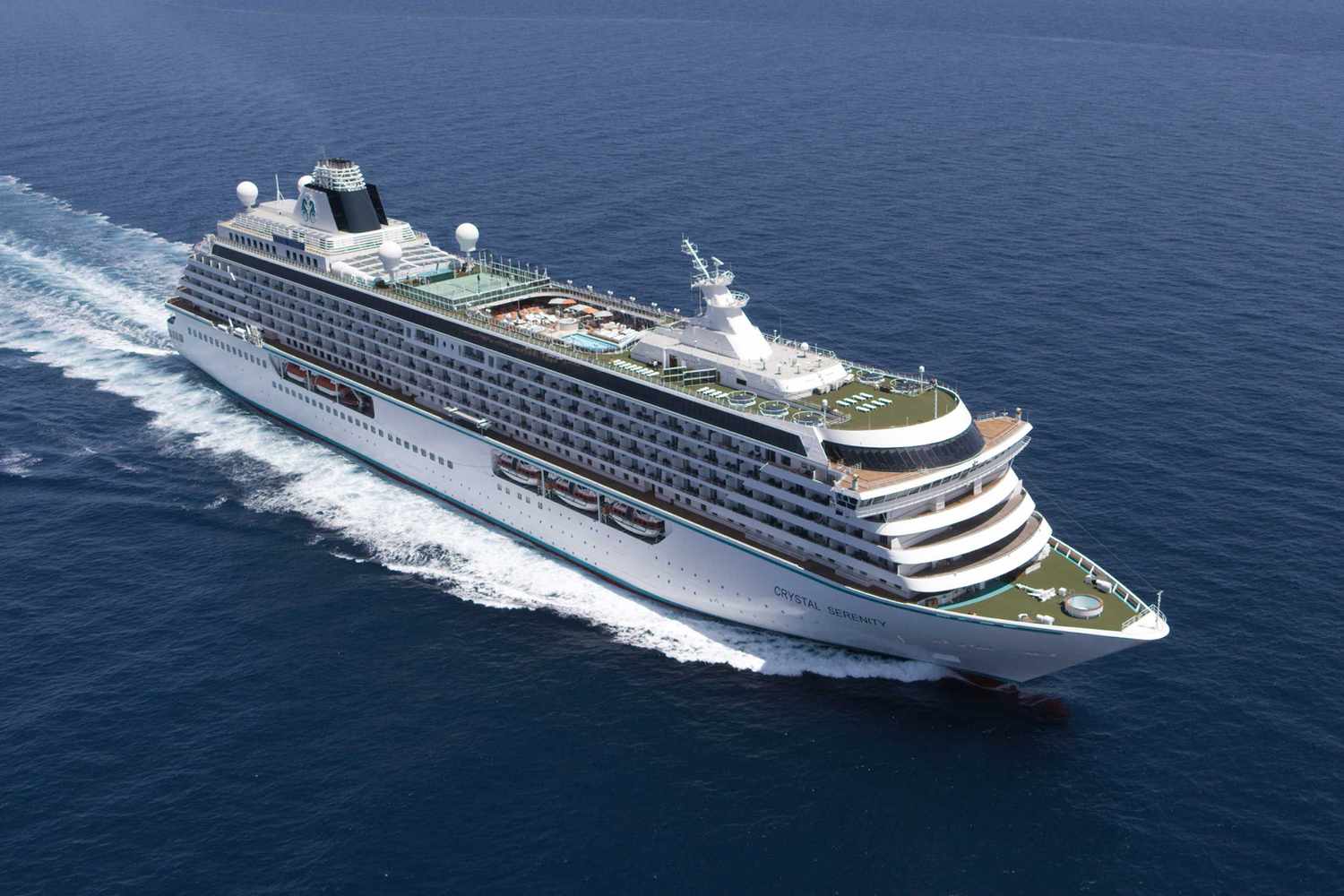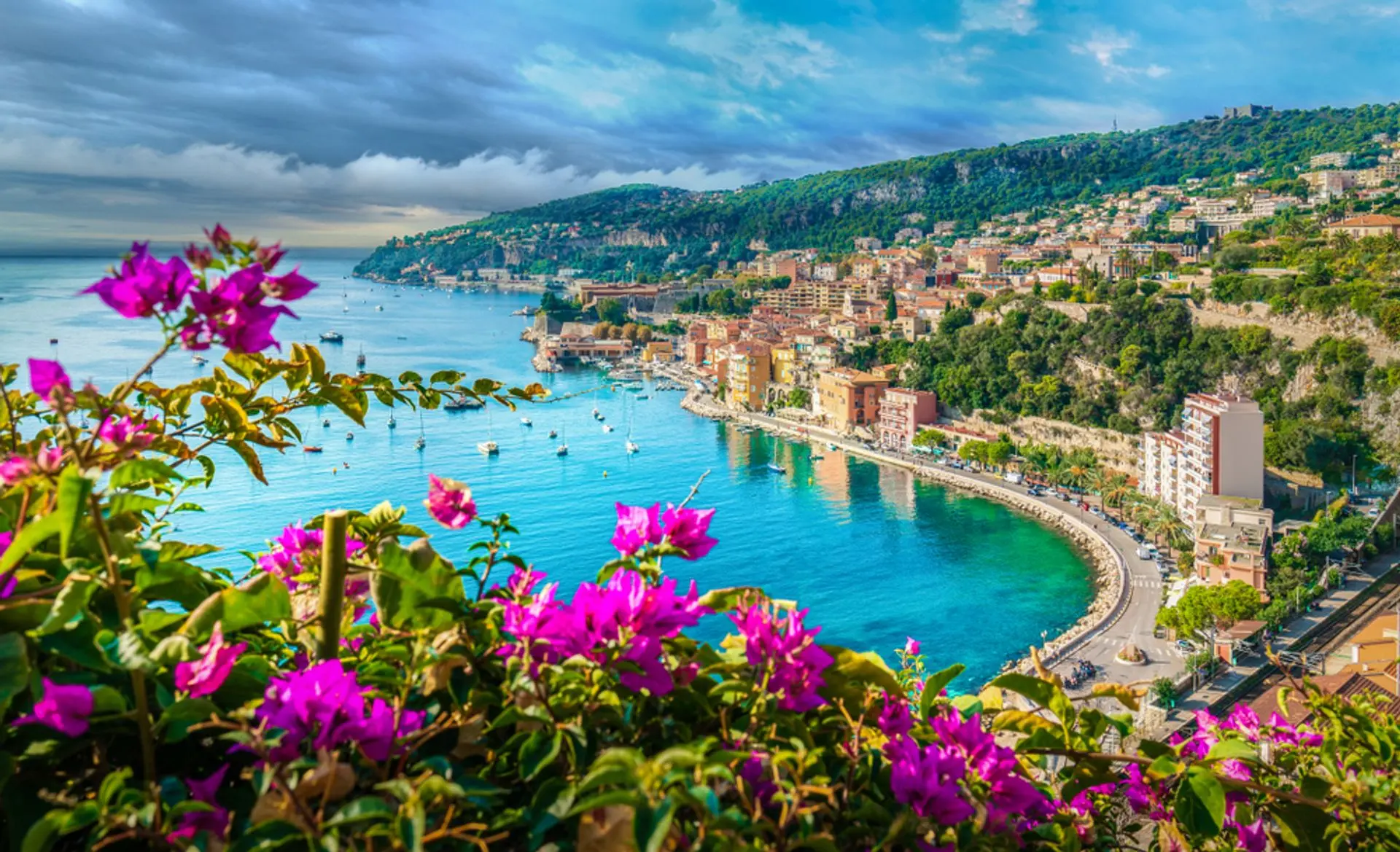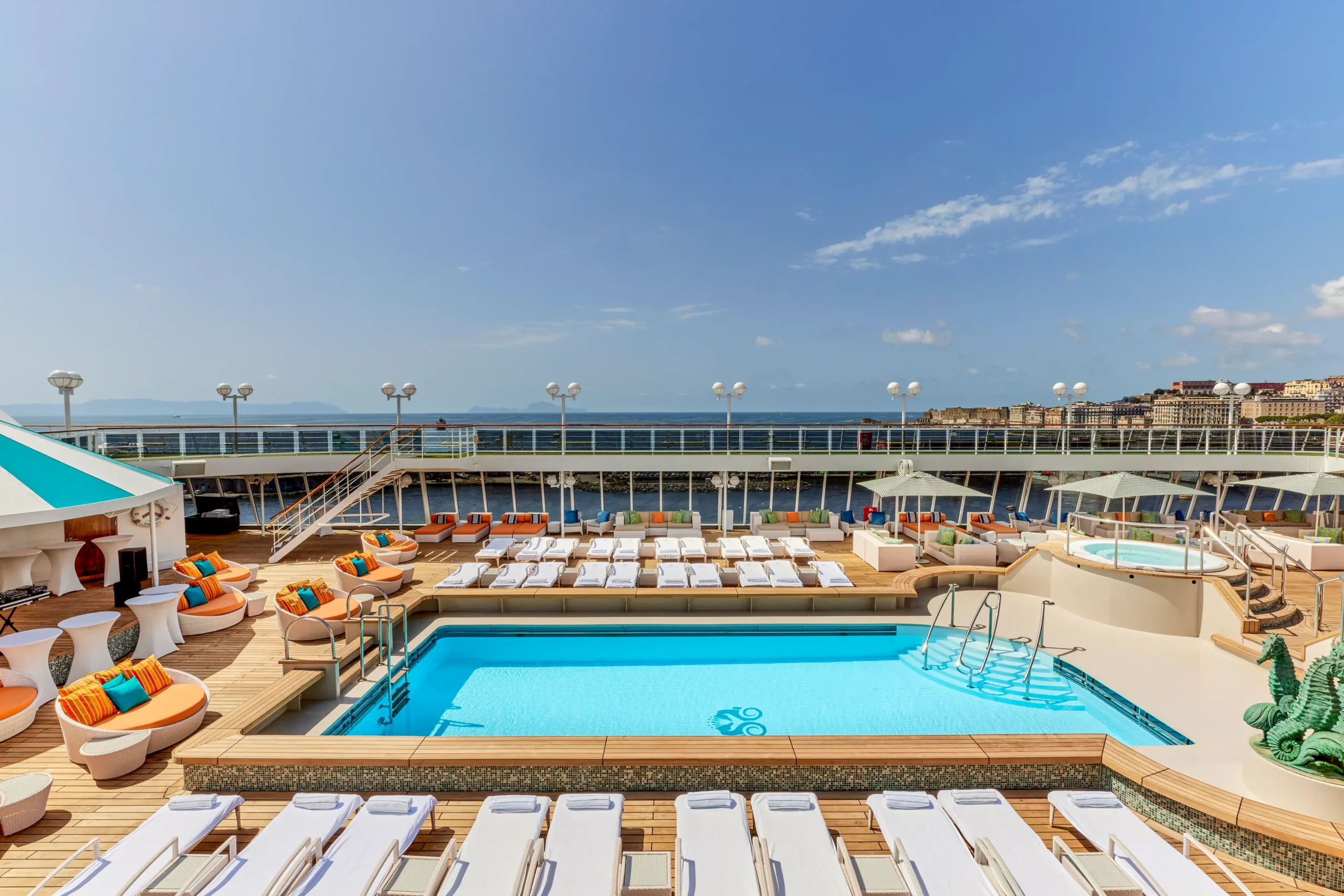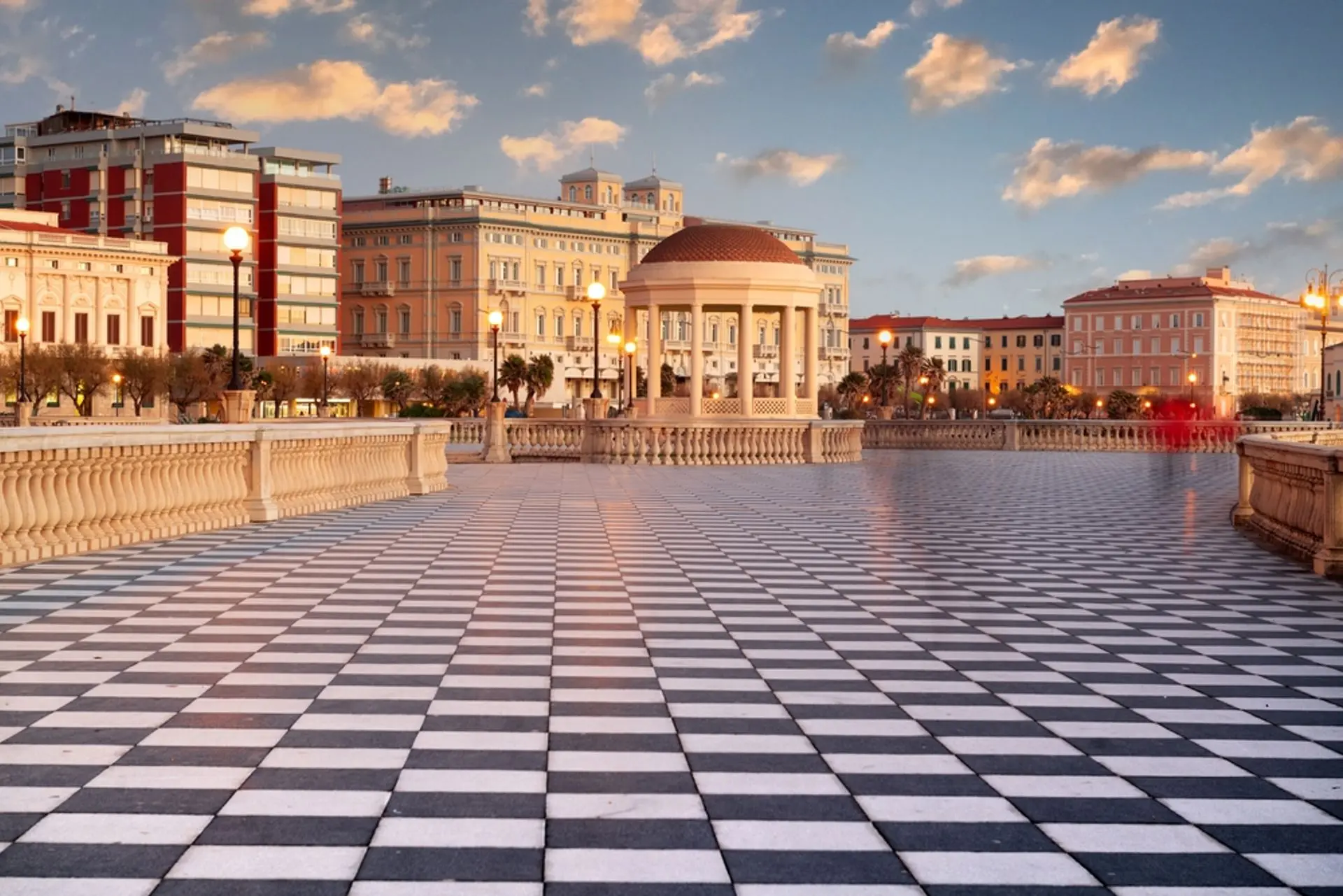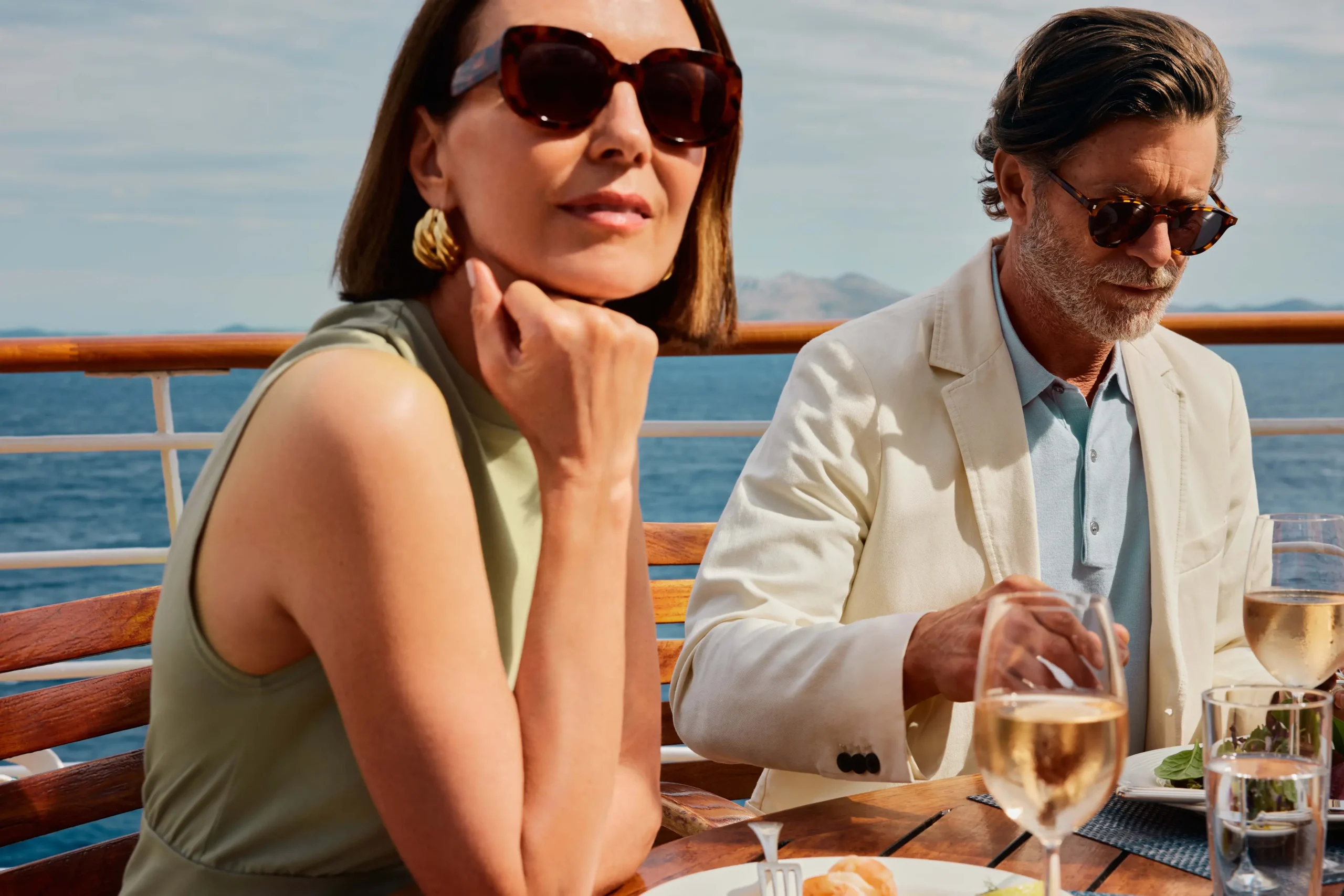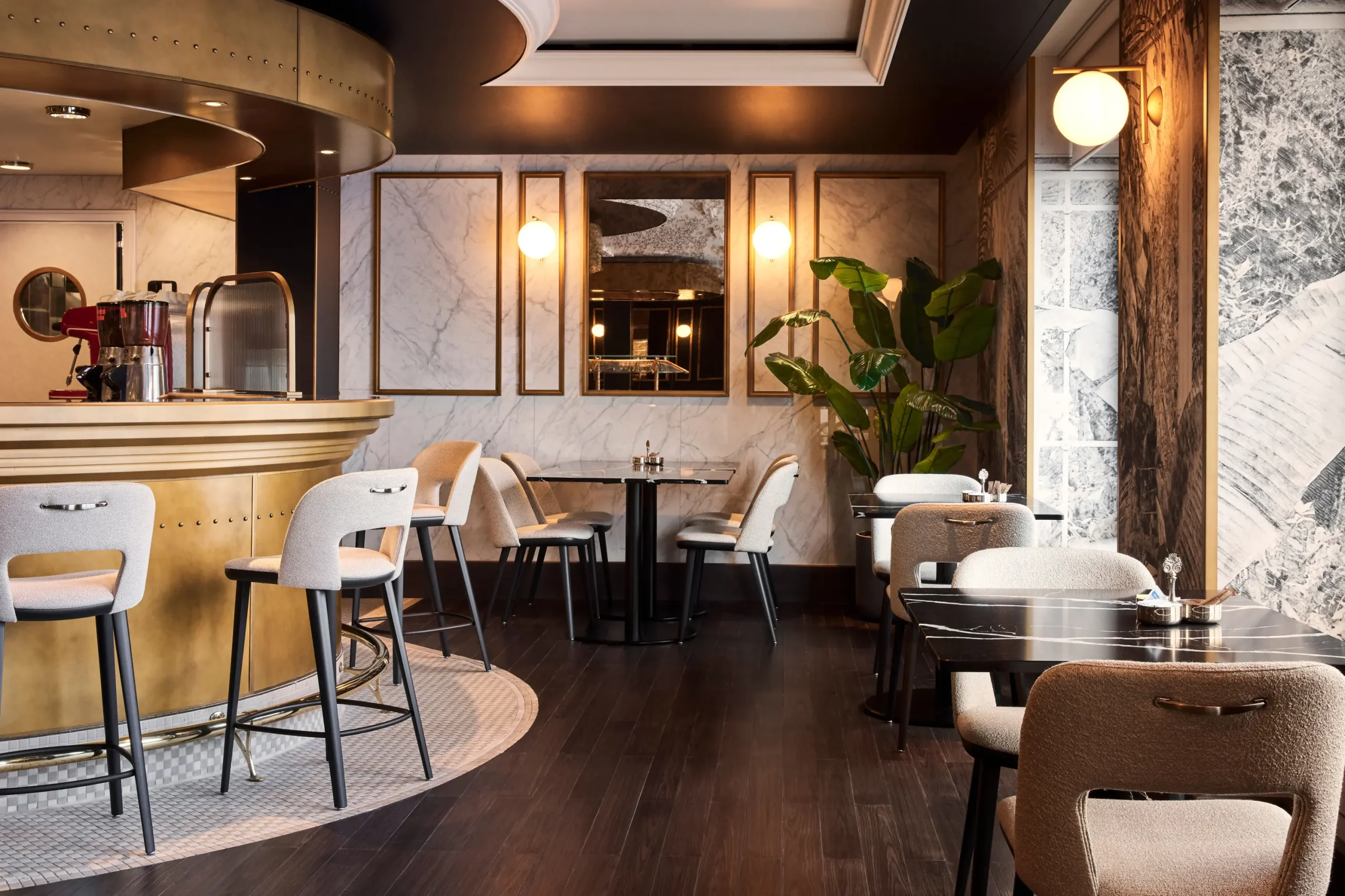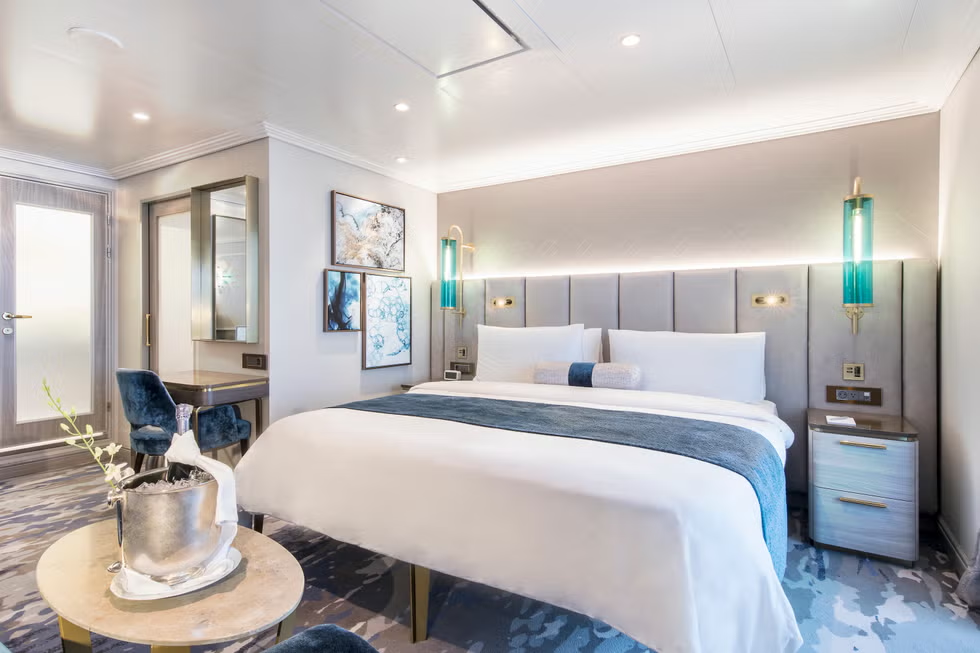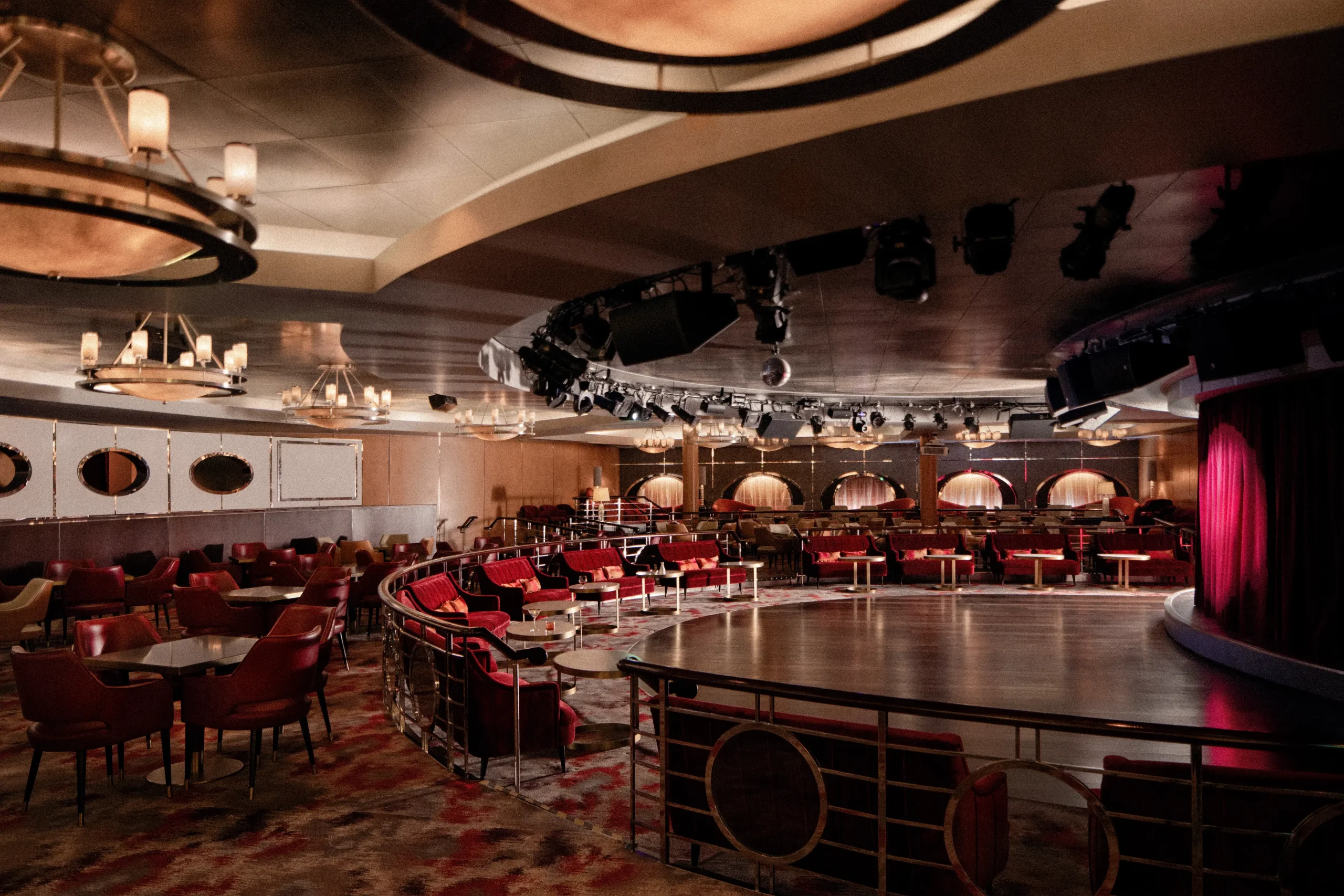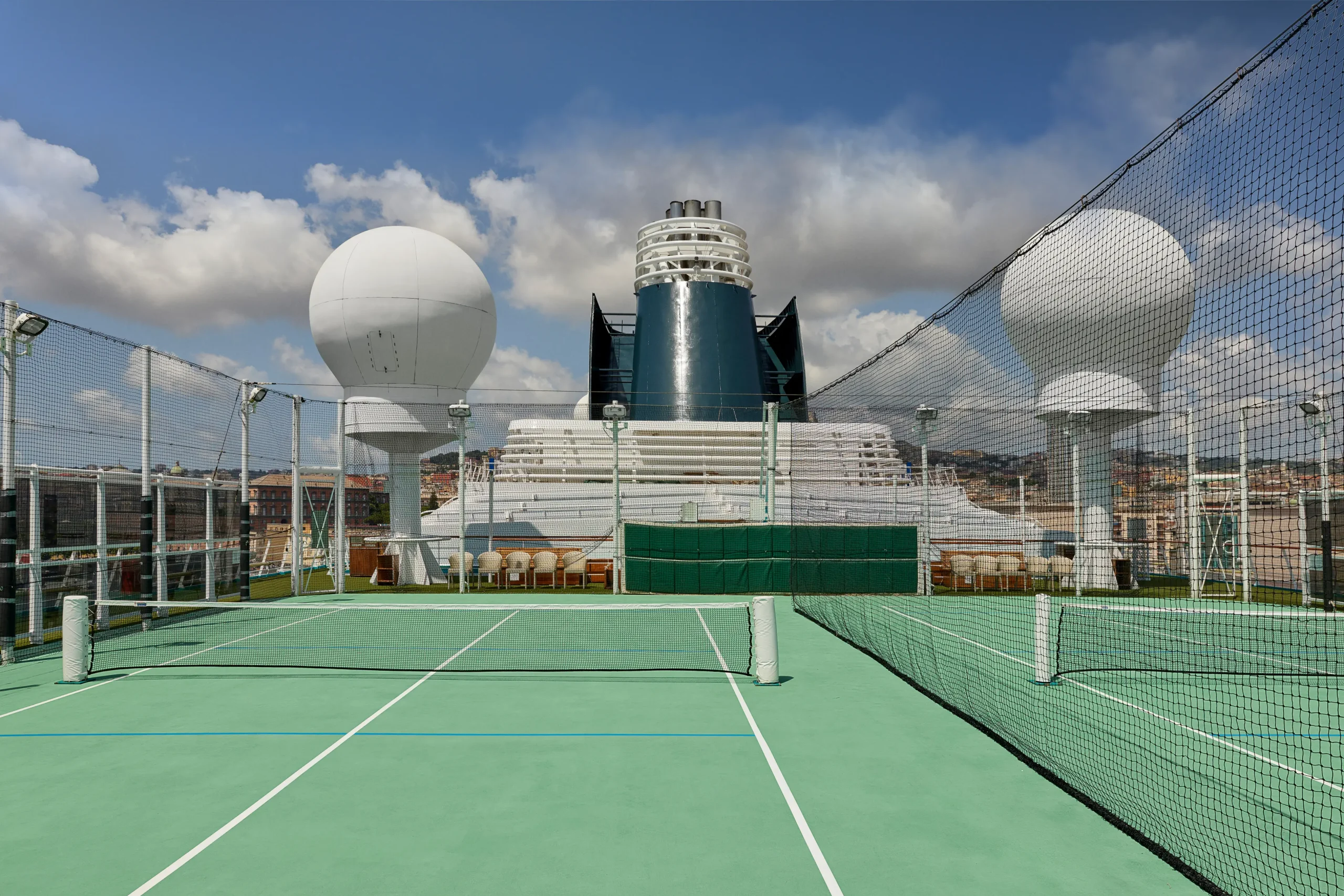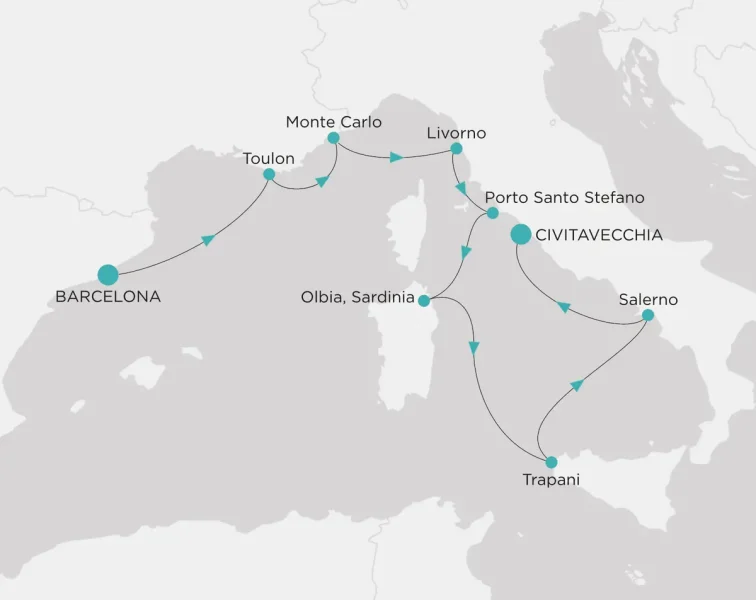DAY 1 – BARCELONA
Barcelona is a vibrant city on the northeastern coast of Spain known for its stunning architecture, and rich cultural heritage. Barcelona’s seaside beauty, sprawling beaches, eclectic architecture, world-class tapas and Tempranillo are all reasons to fall in love with the city of Gaudí. Indeed, the treasures here are many and diverse, captivating travelers and experts alike. In fact, nine important sites in the city, seven designed by the famed architect himself, have earned the acclaim of UNESCO.
DAY 2 – AT SEA
Relax in luxury with Crystal’s onboard amenities. Unwind at the pool, or enjoy the elegance of the bars and lounges as you sail towards Toulon.
DAY 3 – TOULON, FRANCE
Often overshadowed by its more bustling Riviera counterparts, Toulon has long been hitting the high notes for travelers looking for a taste of authentic France. The streets are heaving with history; a stroll through the Old Town’s narrow streets and local markets is testament to traditional Provencal life that is very much part of the present day. History enthusiasts can delve into the city’s naval heritage at the Musée National de la Marine, showcasing maritime artifacts and stories, while beach bunnies should wander to the Mourillon for long ribbons of Mediterranean sandy beach. Do not forget to taste the region’s specialty fish soup, at less than 40 miles from Marseille, the bouillabaisse is worth tasting!
DAY 4 – MONTE CARLO
An ancient principality steeped in rich and colorful history, Monaco was bought from the Genoese in 1309 by the Grimaldis, who still rule as the world’s oldest monarchy – presided over today by Prince Albert.
DAY 5 – LIVORNO (TUSCANY)
Giotto, Brunelleschi, Botticelli and Michelangelo made their marks of genius here. This cradle of the Renaissance owes its UNESCO status to the overwhelming influence the city and its museums, churches, architecture and artworks have had on Europe and, ultimately, the world. Vestiges of this enlightened period are everywhere today – at the Uffizi gallery, the Palazzos Pitta and Vecchio and throughout the city streets.
DAY 6 – PORTO SANTO STEFANO
Porto Santo Stefano, located on the Tuscan coast of Italy, has a history that dates back to ancient times. The town was originally established by the Etruscans, an ancient civilization that thrived in the region from around the 9th century BCE to the 1st century BCE. The town’s name is attributed to Saint Stephen, and its history is richly entwined with maritime activities, including its role as a vital port during the Spanish dominion of the region.
Despite having a storied past, today it has evolved into a picturesque fishing village, which is both aesthetic and appealing. The historic core features narrow streets, colorful houses, and a lively waterfront adorned with fishing boats. The imposing Spanish Fortress, built in the 17th century, stands as a testament to the town’s strategic importance. Today, Porto Santo Stefano blends its historical charm with a vibrant seaside atmosphere, offering visitors the chance to explore its cultural heritage, indulge in fresh seafood, and relax on its scenic beaches while embracing the essence of Italy’s coastal beauty.
DAY 7 – OLBIA, SARDINIA
Olbia shines like a gem on the glorious Sardinian coastline. It’s one of the Italian island’s most picturesque seaside towns – think cobblestone piazzas, local markets, and 18th-century churches, flanked by pastel-colored buildings and underscored by a cheerful atmosphere wherever you go. The town is often overlooked as visitors head north to the heart-meltingly beautiful Costa Smeralda, Sardinia’s de facto millionaire’s playground. However, unlike some of the Med’s other celeb hotspots, those who venture to the Emerald Coast will be pleasantly surprised by the accessibility to the public beaches – which is the case across the whole island. Olbia’s Mediterranean waters are beautifully clear and home to hidden coves; exploring by boat gives visitors another perspective, not to mention a chance to discover beautiful white sand beaches accessible only from the sea.
DAY 8 – TRAPANI
There is no shortage of beautiful, historical places in Sicily, but Trapani, on the island’s west coast, seems to have it all.Once the port for the Elymian settlement of Eryx, the city became a Carthaginian naval base in 260 BCE before the Romans took it over in 241 BCE. It thrived through the Middle Ages, and much of the medieval old city remains intact. Discover the historic center with its narrow alleys, small shops, and cozy trattorias. Once you’ve worked up an appetite, find a shady terrace and sample the morning-fresh seafood washed down with a glass of local Marsala wine. The area is one of the most important coastal wetlands, providing sanctuary to many migratory birds. Head to the salt flats at the Riserva Naturale Saline di Trapani e Paceco, just three miles from the port, where white pyramids of salt and pink flamingos create a colorful, striking scene.Of course, no trip to Sicily would be complete without a dip in the sea; surrounded by turquoise waters, pristine sands, and rugged coastline, Trapani’s beaches are a delight for sun worshipers.
DAY 9 – SALERNO
There’s far more to this lively port city than its location as a gateway to the Amalfi Coast. The Centro Storico – one of the region’s best-preserved medieval centers – is an atmospheric maze of cobbled streets and alleys, dotted with trattorias offering authentic Neapolitan cuisine to a mostly local clientele. The city’s Duomo has breathtakingly ornate interiors, rich with intricate mosaics and vivid frescos, while up above the city, the 6th-century Castello di Arechi offers spectacular views across the rooftops to the Gulf beyond. Quite why Salerno remains under the radar is a mystery.
DAY 10 – CIVITAVECCHIA (ROME)
Discover the charming port town of Civitavecchia, the gateway to Rome and the treasures of the Eternal City. Venture through Civitavecchia, noted for its fine seafood and beautiful monuments. Then, travel to Rome, with more than 2,500 years of history and ancient landmarks that will leave you with memories for a lifetime.



